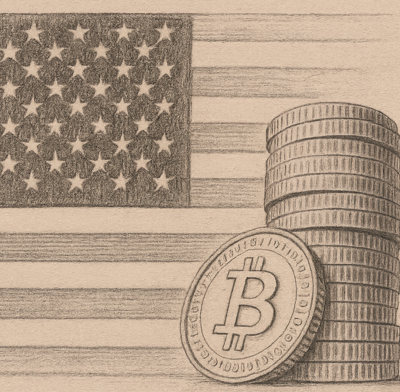At last, on Wednesday 17 Sept this year's turbulent story of the US Federal Reserve's independence to set interest rates will cross a major milestone: a widely expected reduction in the cost of borrowing.
Aside from the intense political pressure from the White House, economic indicators have started to lean towards an easing of monetary policy (i.e. that rate cut) in most economists' expectations.
The US labor market showed pronounced signs of slowing in August 2025: nonfarm payrolls increased by just 22,000 jobs, far below expectations of 75,000. The unemployment rate rose to 4.3% from 4.2%. In addition, benchmark revisions revealed that 911,000 fewer jobs were added in the 12 months through March 2025 than earlier reported.
These developments have raised expectations that the US Federal Reserve will be cutting rates, with futures implying a 92.7% probability of a quarter-percent reduction at the next meeting on 17 Sept. So how has performed in rate cates cycles historically?
The chart below illustrates Bitcoin’s long-term price action across multiple Fed policy cycles. While conventional assets often react predictably to rate changes, Bitcoin has demonstrated a more complex, non-linear relationship:
2009–2016 | Near-zero rates post-GFC: Following the global financial crisis, the Fed held rates near 0%. During this period, Bitcoin surged from a few cents to over $1,200 by late 2013, though it experienced multiple extreme boom-bust cycles.
Nov 2015 – July 2019 | Hiking cycle to 2.4%: As the Fed raised rates, BTC climbed from about $230 to nearly $20,000 by 2017 before undergoing an 80% correction. Despite higher rates, this era included Bitcoin's most explosive price rally.
July 2019 – Feb 2022 | Rate cuts and COVID: The first rate cut in mid-2019 coincided with a local top in BTC. Over the next 260 days, BTC declined roughly 35%, though part of that weakness was exacerbated by the March 2020 COVID crash. After rates returned to near-zero, Bitcoin rallied from under $5,000 to over $70,000 by late 2021.
Feb 2022 – July 2024 | Aggressive rate hikes: As the Fed lifted rates to 5.5%, BTC initially fell from about $44,000 to $15,600 (–65%). However, Bitcoin rebounded sharply even as hikes continued, reaching new highs near $79,000.
July 2024 – present | Cutting cycle resumes: Since the Fed pivoted back to rate cuts, BTC has advanced from about $70,000 to above $110,000.
Conclusion
With only one prior rate-cut cycle to compare with, it’s difficult to draw firm conclusions about the long-term impact of easing on Bitcoin. The asset has rallied during both rate cuts and hikes, with significant drawdowns also occurring in each. While Fed policy shapes the broader risk environment, Bitcoin’s major moves appear more closely tied to internal cycles, speculative flows, and adoption dynamics than to interest rates.









